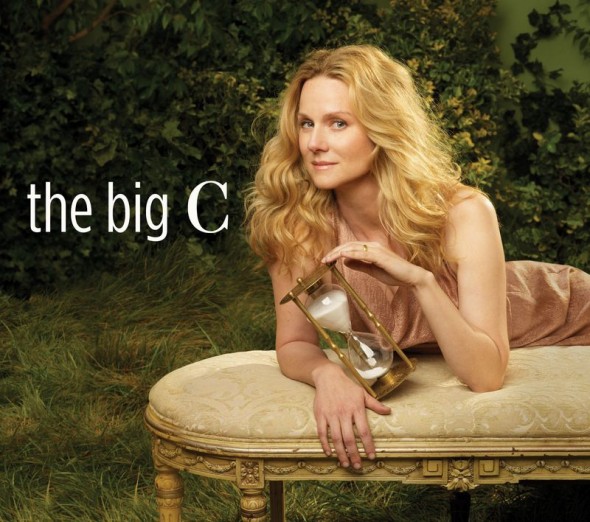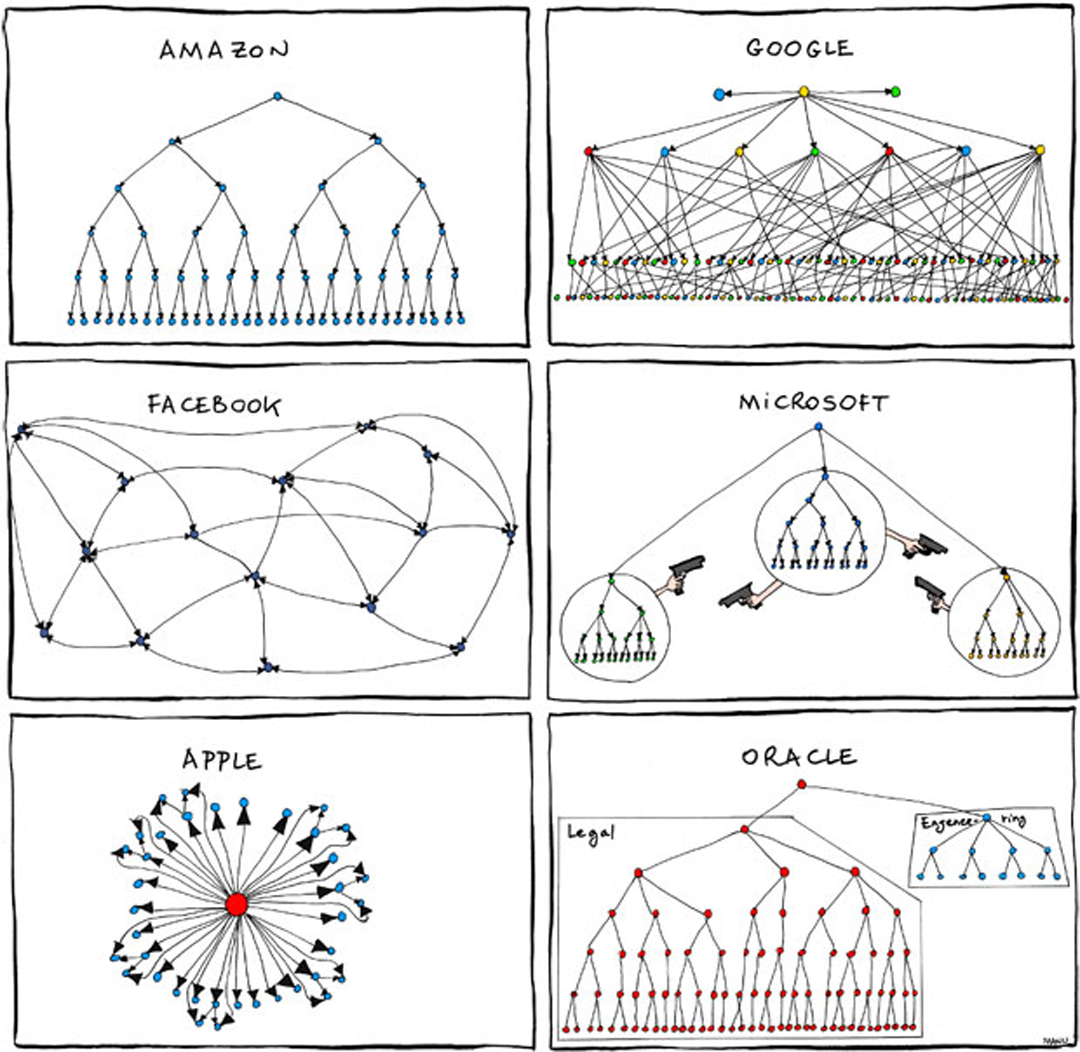At a fourth of July barbecue, New York Times reporter, William J. Broad marveled at his hosts’ ability to keep mosquitoes at bay with an unlikely weapon–an electric fan.
Curious as to how his hosts had come up with the idea, in a story for the New York Times, the reporter traces the dissemination of the information all the way back to its originator, a Philadelphia businessman, who told him, “The solution came from trying to think like a bug, and realizing ‘I don’t like flying into a 15 mph wind.’” Since mosquitoes are weak flyers that clock in at a pokey 1 to 1.5 mph, the blow-‘em-away theory works.
This think-like-a-bug philosophy reminded us of the adage, “Know your enemy.” We’ve all heard the maxim, “Know your customer,” but that will only get you so far if part of your mission is to dominate or defeat a condition, say, Barbecue Host vs. Mosquitos or Big Pharma vs. the Big C. Or if your mission, in large part, involves dominating or defeating a rival as in Coke vs. Pepsi or Instagram vs. Vine. Sometimes for you to win your rival has to lose. So in a world of fierce competition, why do recent studies suggest that business managers who think-like-their-enemies are in the minority? Continue reading “Think Like a Bug: How to Know Your Enemy”






